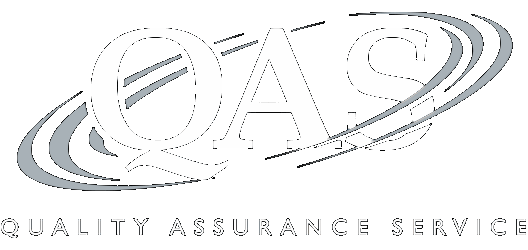Form 5227 Reporting: Mastering Compliance With Charitable Split-Interest Trusts, NIIT Calculations, and More
Recording of a 110-minute CPE webinar with Q&A
This course will provide tax preparers with detailed guidance on preparing Form 5227, Split Interest Trust Information Return. The panel will address common mistakes and traps for preparers to avoid, and will provide detailed guidance on the “four-tier rules,” as well as discuss UBTI and Chapter 42 Excise Tax reporting requirements.
Outline
- Identifying the different kinds of charitable split-interest trusts
- Filing Form 5227
- Fiduciary accounting requirements
- Ancillary forms
- Identifying and avoiding common errors
Benefits
The panel will explore these and other relevant issues:
- Definitions of the different types of trusts
- Trusts that require which sections of Form 5227
- Computation of annual payments
- Income-deferral opportunities
- Fiduciary accounting techniques and requirements
Faculty

Charles J. McLucas, Jr., CPA, PFS
Founder and CEO
Charitable Trust Administrators
Mr. McLucas focuses on charitable trust administration work and estate planning for high net worth individuals. Through... | Read More
Mr. McLucas focuses on charitable trust administration work and estate planning for high net worth individuals. Through his firm, he offers charitable trust administration services for donors who desire to be their own trustees, and also provides full back office support for nonprofit organizations that do not have fully staffed planned giving departments. He began his career with as a Revenue Agent with the IRS and then entered the public accounting field. He is a frequent lecturer and has published several articles on the use of charitable remainder unitrusts.
Close
Joylyn Ankeney, CPA
AKT
Ms. Ankeney has been assisting clients with charitable, estate & trust planning and compliance for over 15... | Read More
Ms. Ankeney has been assisting clients with charitable, estate & trust planning and compliance for over 15 years. She focuses on providing tax planning strategies for individuals, families and nonprofit organizations. She speaks regularly on all areas of tax planning and compliance.
Close
